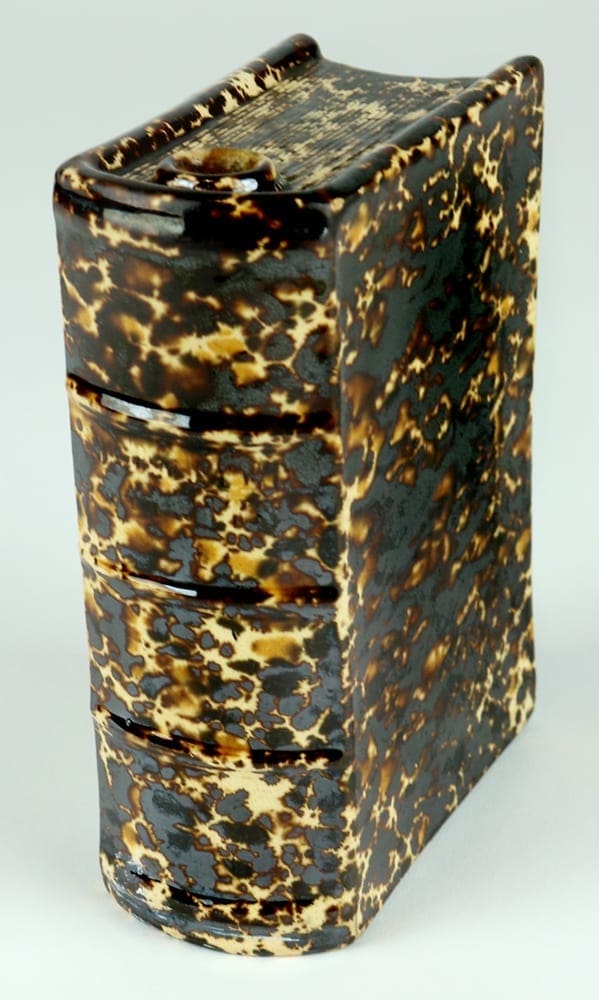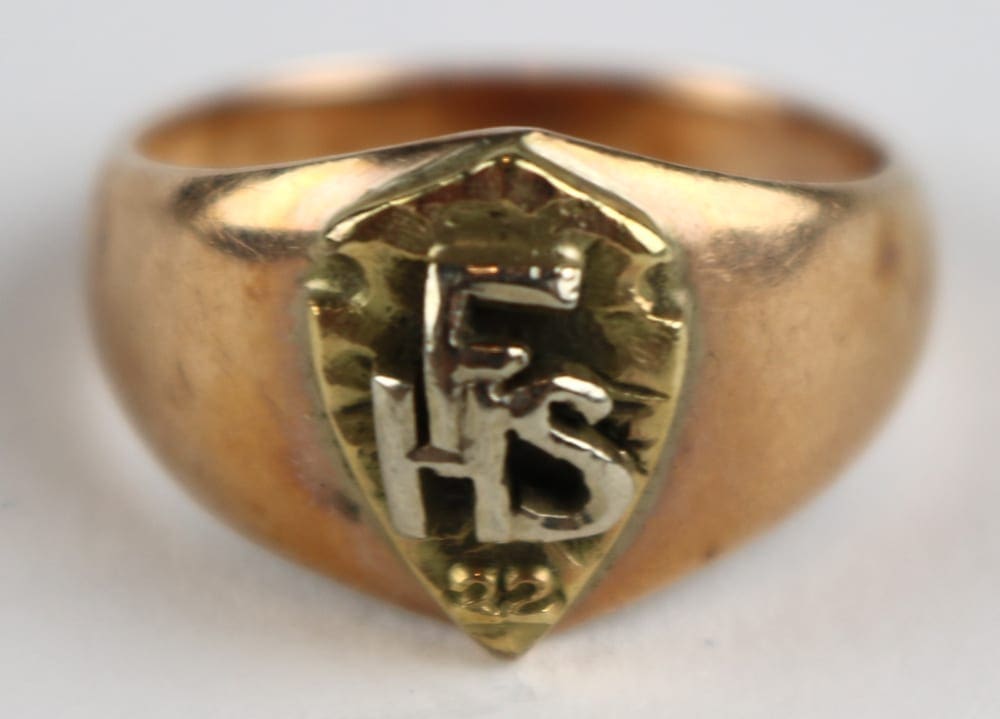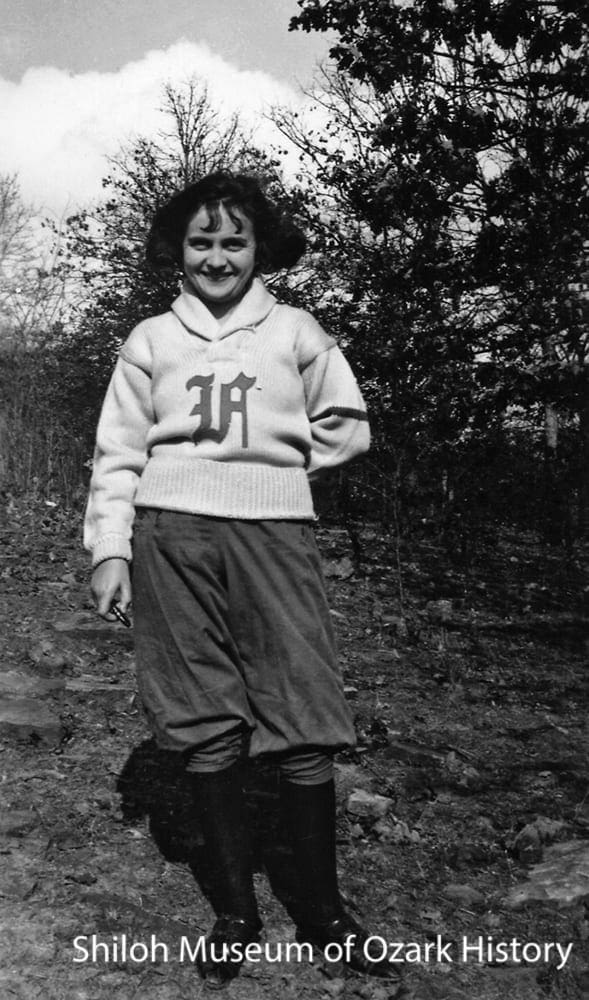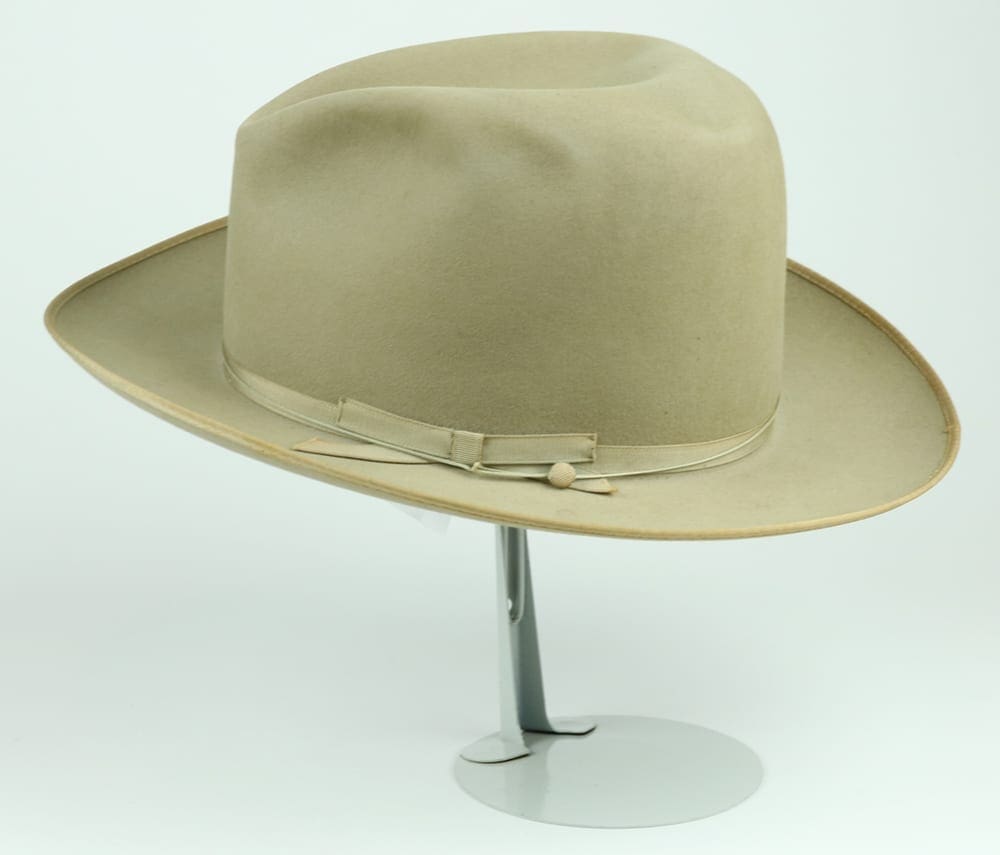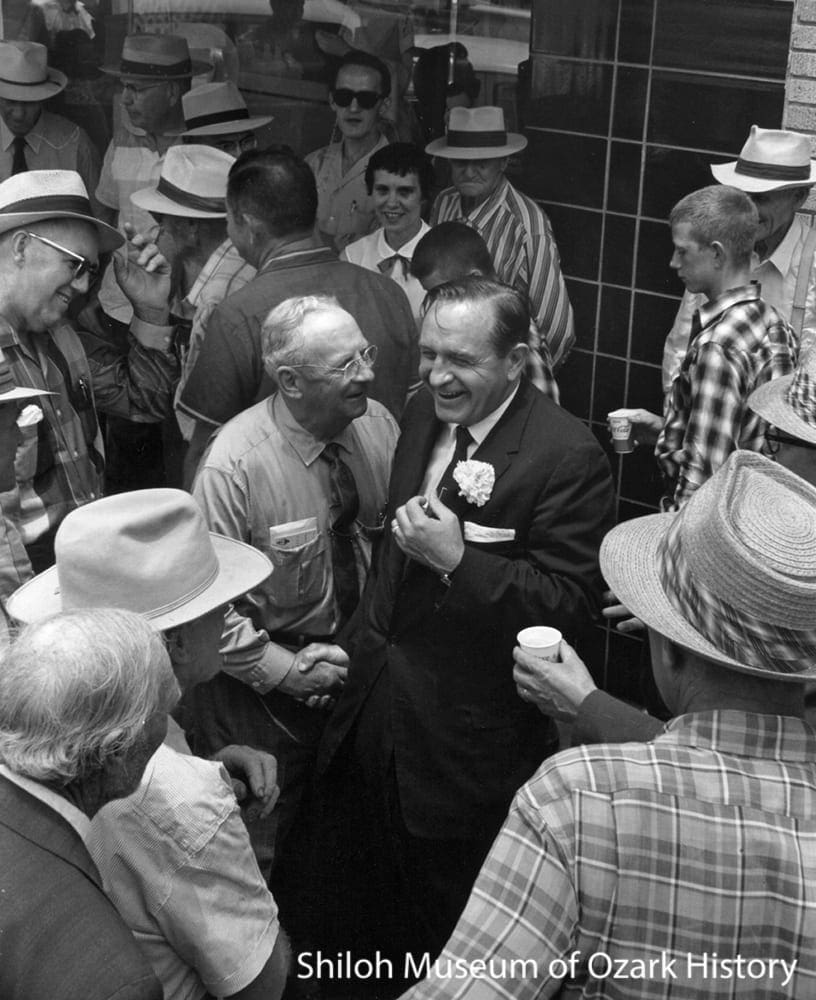Flask
This yellow earthenware flask with a Rockingham glaze was made by Lyman Fenton & Co., Bennington, Vermont, sometime between 1849-1858. The spine of the “book” boasts the tongue-in-cheek title, Departed Spirits. The letter G is stamped under the title.
According to the donor, it was left behind by a hobo as payment for a night’s stay in a barn.
This yellow earthenware flask with a Rockingham glaze was made by Lyman Fenton & Co., Bennington, Vermont, sometime between 1849-1858. The spine of the “book” boasts the tongue-in-cheek title, Departed Spirits. The letter G is stamped under the title.
According to the donor, it was left behind by a hobo as payment for a night’s stay in a barn.

